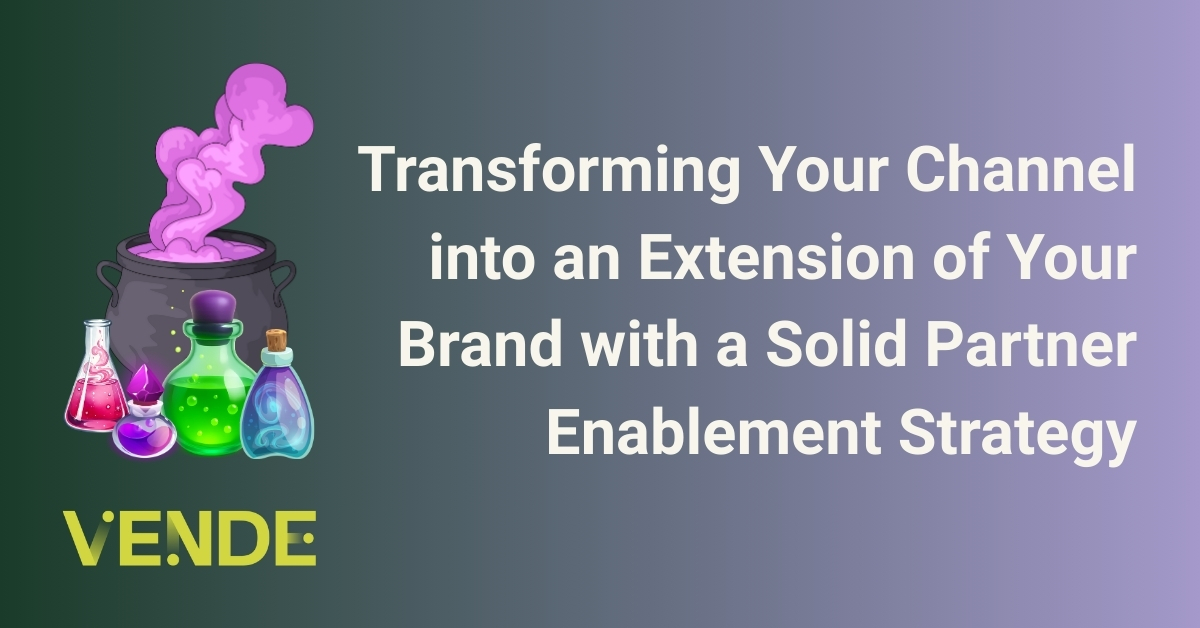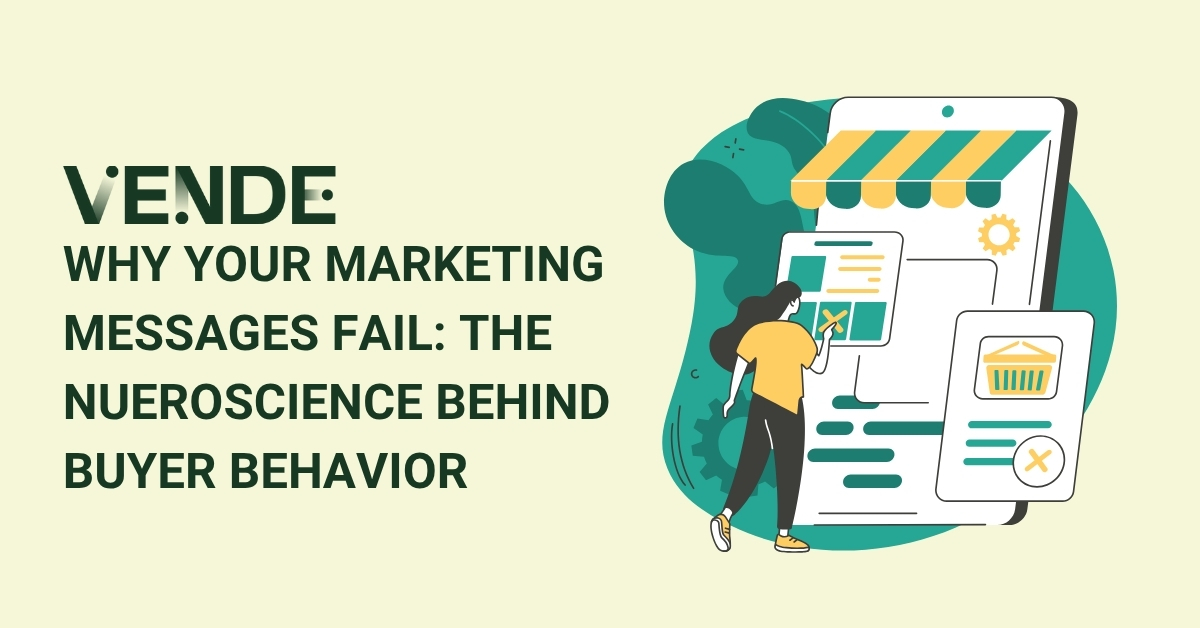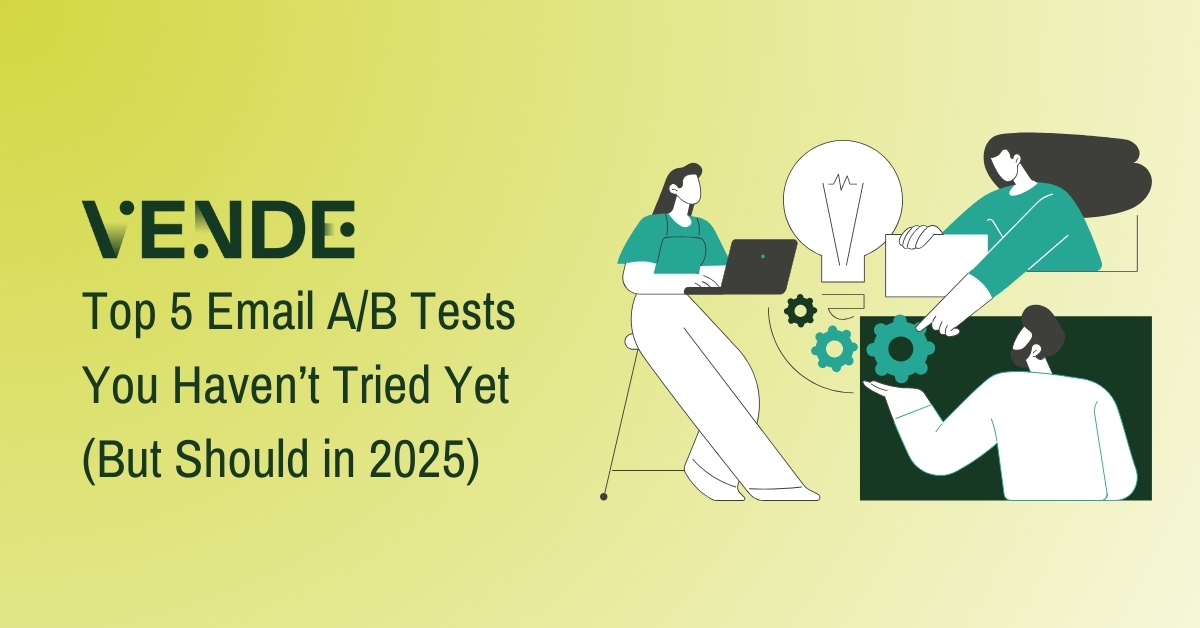
Top 5 Email A/B Tests You Haven’t Tried Yet (But Should in 2025)
The email marketing space is more crowded than ever. With inboxes now overrun by AI-powered campaigns and endless promotions, how do you make your messages stand out? If you're relying on stale A/B tests or skipping testing entirely, you're leaving massive engagement (and revenue) on the table.
Luckily, 2025 brings new opportunities to innovate. This post will uncover five high-impact email A/B tests you've likely overlooked—and explain why they should be core to your strategy this year.
Following these actionable email A/B testing ideas could mean the difference between your emails being opened, clicked, and converted—or left unread.
Running Email A/B Tests the Smart Way
Before we jump into the experiments, you need a solid testing framework. Poorly executed A/B tests won’t give you reliable insights. Here’s how to do it right:
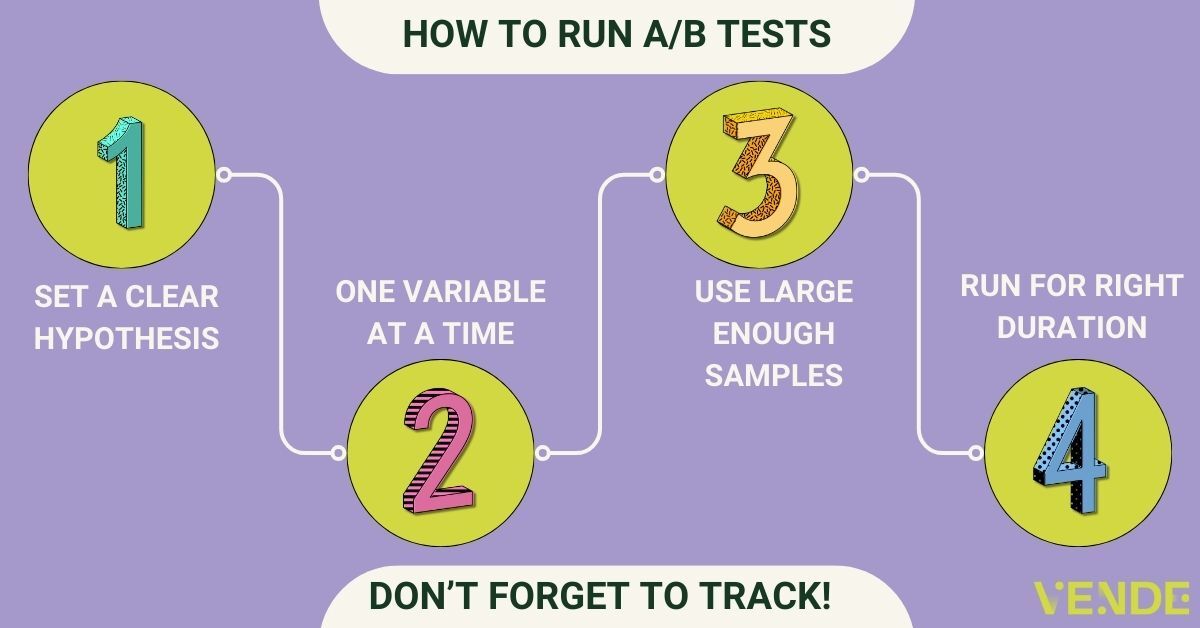
- Set a Clear Hypothesis
Example: “Adding job title personalization will improve open rates by 15%.”
- Test One Variable at a Time
Focus on specific elements like the subject line or CTA.
- Use Large Enough Samples
Send each test version to at least 1,000 recipients to ensure statistical accuracy.
- Run Tests for the Right Duration
Allow 1-2 weeks for results, depending on your email volume. Don’t end a test prematurely.
- Track Key Metrics
- Open rates for subject lines
- Click-through rates for CTAs
- Actual conversions for your campaign goals
Once you're set up, it’s time to explore the A/B tests that could revolutionize your email strategy.
Q: What is the most effective A/B test for email marketing?
A: Some of the highest-impact email A/B tests include subject line personalization, CTA wording, send time optimization (including weekends), and re-engagement strategies like confirmation status emails. Testing these elements can significantly improve open rates, click-through rates, and conversions.
1. The Subject Line Hook Test
Test: Hook vs. Clickbait vs. Data-Driven Subject Lines
Your subject line is the gateway to your email. Without an engaging hook, your email is as good as invisible. But there’s a fine line between a compelling hook and clickbait. The difference? A successful hook delivers on its promise; clickbait doesn’t.
What to test:
- Question vs. Statement: Example - “Are you losing 10% of revenue to THIS mistake?” vs. “Most marketers make this costly mistake.”
- Stats vs. Intrigue: Example - “81% of marketers ignore this low-hanging fruit” vs. “Why your emails won’t work in 2025.”
- Role-Based Personalization: Target industries or roles within your subject lines. Example - “Hey, retail pros—your strategy awaits.”
Why it works: Subject lines personalized to job roles or industries consistently outperform first-name-only personalization.
2. The Call-to-Action (CTA) Experiment
Test: Generic CTAs vs. First-Person Phrasing
Your CTA is where the magic happens—it’s the bridge between engagement and action. Yet too many emails still feature boring, generic CTAs like “Register” or “Learn More.”
What to test:
- Button vs. Text Links: Add multiple links or a mix to see what drives more clicks.
- First-Person Verbs: Examples include “Save my spot” vs. “Register,” or “I want my custom report” vs. “Download now.”
- CTA Personalization: Tailor based on job function, title, interests, or industry. Example: "I want top HR tips!"
Why it works: First-person phrasing creates an emotional, action-oriented connection that feels personal.
What the data says: CTAs + Job Function + Title outperform generic CTAs by 22%. Simply adding industry or interest can improve CTRs by 19% and 17%, respectively.
3. The Best Send Time Isn’t What You Think
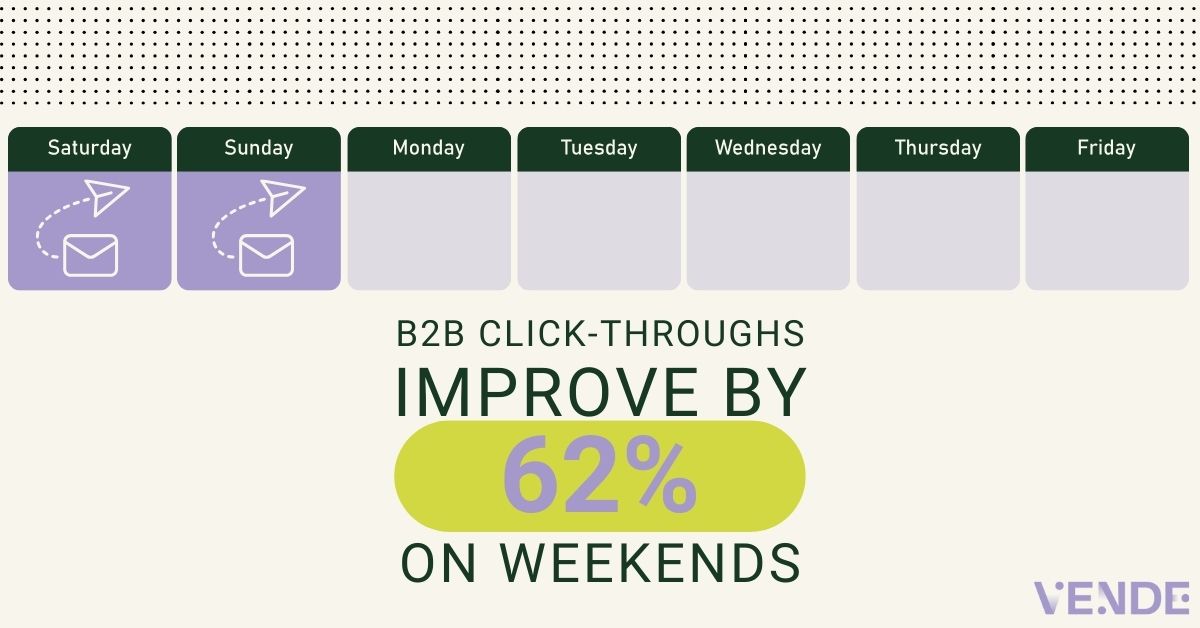
Test: Weekend Sends vs. Weekday Sends
Weekends have long been ignored in the B2B email space under the assumption that professionals don’t check their email. Spoiler alert: [They do, and they’re more engaged (link to 10 proven strategies blog)]. Weekends bring fewer distractions (and less competition).
What to test:
- Sundays vs. Tuesdays: See if your audience prefers reflective Sunday reading or Tuesday tactical insights.
- Different Times: Consider sending emails outside of the usual send times. You won't know if it works unless you try! To avoid the morning rush, we've been testing late-afternoon sends. Right before people wrap up for the day.
Why it works: Less competition in the inbox means your email stands out—especially to decision-makers.
What the data says: B2B email click-through rates are 62% higher on weekends, with more time spent per email read.
4. Win-Back Campaigns that Actually Work
Test: “Confirmation Status” Subject Lines
Tired of “We Miss You” emails that underperform? Reframe your win-back emails with subject lines that trigger FOMO and curiosity by hinting at a change in status.
What to test:
- Subject Line Examples:
- “Are you still with us at [Company Name]?”
- “Did you leave the [Finance/HR/Real Estate] industry?”
Why it works: People respond when they think their personal or professional standing is at stake.
What the data says: “Confirmation status” subject lines can boost open rates of unengaged contacts by 30% more than traditional re-engagement campaigns.
5. Revamp Your Email Design

Test: HTML vs. Text-Only vs. Hybrid Formats
Email “template fatigue” is real. If your audience sees the same design week after week, they’ll tune out—even if your content is valuable.
What to test:
- Plain-Text Style Emails: These can feel more personal, much like a one-on-one message.
- New Templates: Opt for cleaner or less image-heavy designs.
- Experiment with Layouts: A rotating design library keeps engagement high.
Why it works: Switching up email aesthetics can reawaken your audience’s curiosity—without major content changes.
Key Email A/B Testing Takeaways for 2025
- Test subject line personalization by role or industry—beware of first-name-only templates!
- Rewrite CTAs in first person to engage readers more authentically.
- Don’t fear the weekend—Sunday sends deliver surprising results.
- Forget standard win-back emails—use “confirmation status” subject lines instead.
- Be unpredictable—rotate your email formats to escape template fatigue.
What’s Next?
The inbox is a battlefield, but with these ideas for email A/B tests, you’re armed to win. Test thoughtfully, track metrics, and adapt based on what you learn.
Want More? We've got you Covered!
Watch our B2B Growth Show session with B2B email expert Jay Schwedleson from Outcome Media for even more email strategies that will help you maximize your ROI.
Ready to optimize your email campaigns? Download our Email Pipeline Accelerator Playbook. This playbook is your ultimate guide to crafting buyer-focused emails that get opened, read, and responded to. You won't want to miss it!
If you're ready to explore ways to take email to the next level, grab some time with us.

